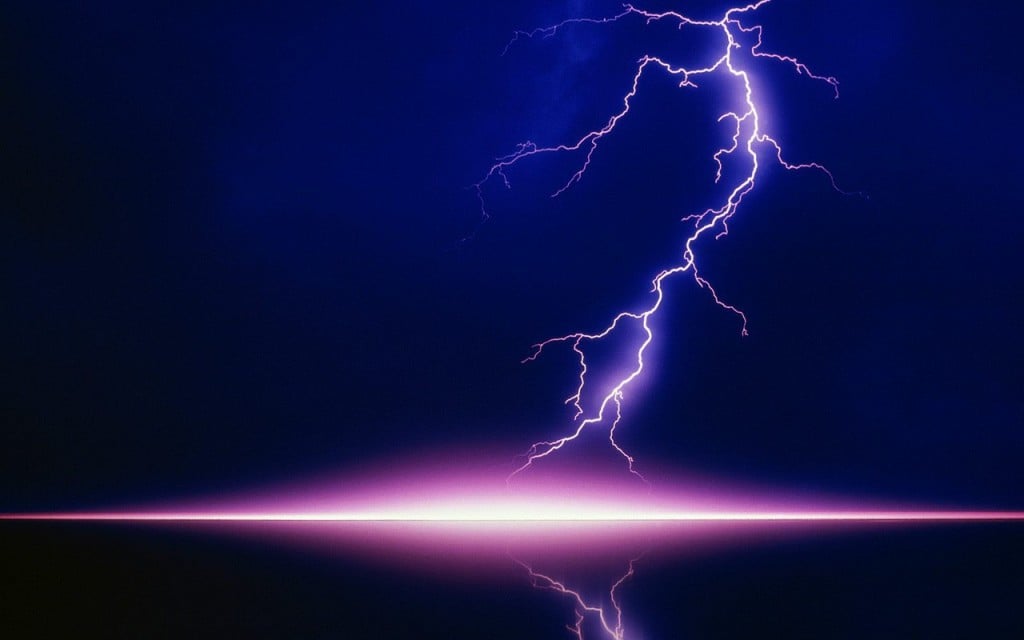A logo is an indispensable part of your business marketing. It’s a graphic display of your company’s identity; moreover, it could be the first, or only, thing your potential customers experience with your brand. This is why a well-designed logo is a vital component of your marketing strategy.
1. Logo Defined
Terri, Step Change’s senior graphic designer, expounds on what a logo is (and what it’s not) and how it functions in the target audience’s mind:
A logo isn’t a brand. It plays an important role in helping build trust and association, and it clearly becomes a recognisable mark that represents your brand in your target audience’s mind. The logo starts to build a visual memory bank for the more intangible assets your brand stands for, such as the service, the reputation, the culture, the values of the company, or what they stand for.
When these qualities are defined, organised, and aligned into a business strategy, they then represent a “brand,” and when combined with confidence, clarity, and consistency, you’re on the road to building a successful brand.
Once you have a brand in place, your logo becomes a symbol, which should be clear, consistent, and stand for something that connects to a greater sum of your brand visual identity.
Are you looking at designing or redesigning your logo this year? Here are some key points you need to consider, straight from Marcus and James, two of our expert in-house visual communicators at Step Change.
2. What a Good Logo Looks Like
As a marketing tool, a good and effective logo is simple and sleek, yet still manages to draw the viewers’ attention at first glance. It communicates what the product/company/brand is all about, resonates with its target audience, and can be used effectively almost anywhere.
Marcus adds that great logos are visually pleasing and has a strong visual reference to the brand in a subtle and hidden way, which makes you think twice.
Case in point: the FedEx logo.

At first, it just looks like a regular simple logo, but there’s actually a small arrow hidden within the E and X, symbolising movement. This was no mistake when it was designed.
Asked about his favourite logo, Marcus cites the title for the show Stranger Things.

He loves this logo because it pays “homage to eighties novels and films while incorporating smart design techniques referencing the physical film tape”.
James’s favourite logo is the classic Nike swoosh, designed by Carolyn Davidson.

He says, “The swoosh symbolised speed and movement, and it resembles a wing and gives a nod at the brand name, Nike, named after the Greek goddess of victory — a very nice concept for a running shoes company. Though the owner didn't like it initially, the logo withstood through time and resonated with its audience. The logo only cost $35, but the designer was then celebrated and was given millions worth of stock in the company and other gifts — indicating the real value of an effective logo.”
3. Should You Follow Logo Design Trends?
There are two obvious trends happening with respect to logos currently: vector and animated logos. With vector logos, they’re stripped off shadows and detail, leaving only its basic form. On the other hand, some companies use animation to showcase their brand’s personality and what they do.
To create a successful logo, it’s important to know and be inspired by today’s trends, but James adds that it’s not the be-all and end-all of logo design. George Lois, prolific writer of the designers’ bible, A Damn Good Advice, warns about trends:
A TREND IS ALWAYS A TRAP.
Because advertising and marketing is an art, the solution to each new problem or challenge should begin with a blank canvas and an open mind, not with the nervous borrowings of other people’s mediocrities. That’s precisely what “trends” are—a search for something “safe”—and why a reliance on them leads to oblivion. At the start of each new year, as the press scans the horizon for newsworthy departures from the past, I’m usually asked by reporters from America’s news weeklies: “What do you think the trends in advertising will be in the coming year?” My answer is always identical to what I said the previous year: “Beats the shit out of me. I’ll know it when I do it.” Trends can tyrannize; trends are traps. In any creative industry, the fact that others are moving in a certain direction is always proof positive, at least to me, that a new direction is the only direction. (Source: FastCoDesign)
4. What to Look for When Looking for a Graphic Designer
“When looking for a good designer to create a strong logo,” Marcus advises, “you need to make sure they are very up-to-date with the current trends yet still are able to push the designs further than the trends. They need to be able to set a tone/emotion for the target audience, all the while capturing the brand's personality and core values.”
“It would depend on the perceived value of the company that it would represent,” James notes. “If it’s some random so-so concept you want to try out, you can go for $5 logos (Fiverr) and other online logo generators. But if it was for a valuable concept, go for creative agencies or designers with a strong background in design and visual communications. A firm/designer who has a great creative brief questionnaire is a major plus — asking the right questions and extracting clear answers from the client is key to creating an effective logo design.”











![How to Find Your Next Big Step Change [Podcast]](https://blog.hellostepchange.com/hubfs/BLOG/Posts/1-Strategy/step-change-1.jpeg)




